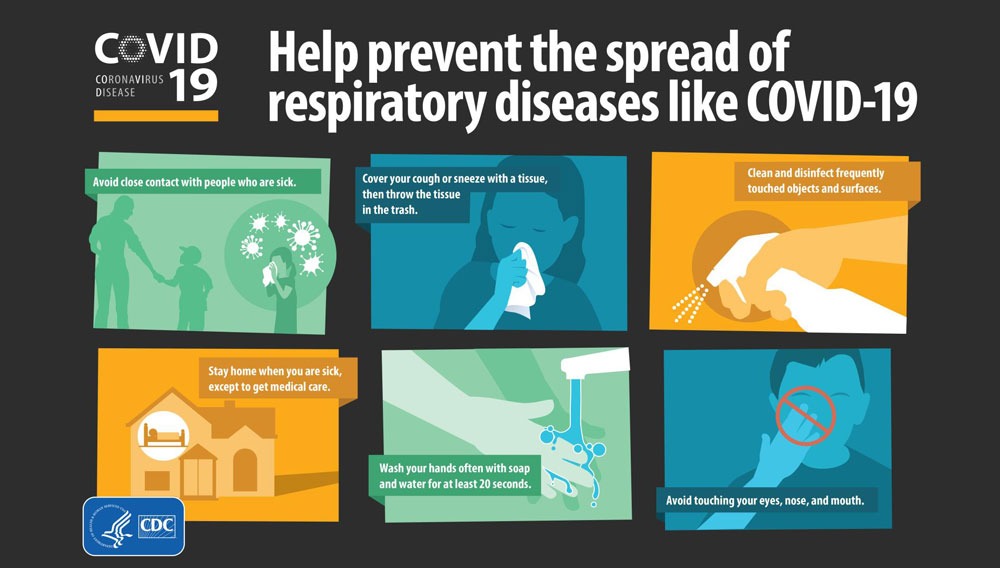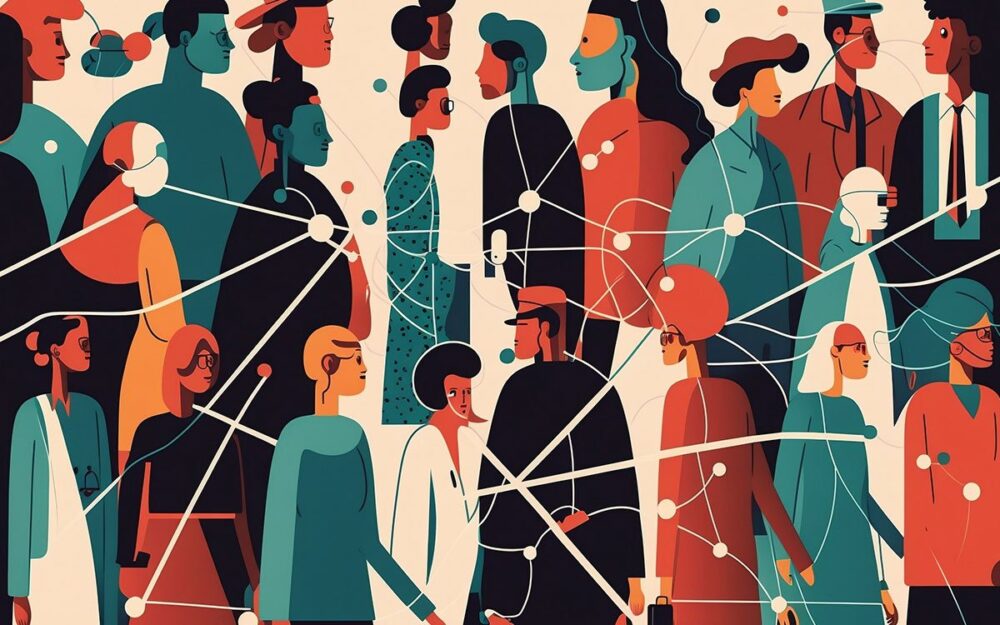
May 15, 2020; Washington Post and US News & World Report
The pressure is on. Even as the nation’s death toll from the novel coronavirus sails past 90,000 lives lost, many politicians are urging a quick reopening of schools, childcare centers, community centers, and other nonprofit venues forced to close in the struggle to control COVID-19. State and local leaders are easing, or even removing, their stay-at-home orders, giving organizational leaders the right to decide whether to reopen.
The coming decisions will be difficult. Redesigning workplaces and service systems to be both safe and effective in the face of the virus requires guidance from public health and medical experts. The past weeks have taught us that despite the fact that their expertise should be a foundation upon which we can build, we cannot expect the Centers for Disease Control and Prevention (CDC), much less the federal government as a whole, to provide the guidance nonprofits and for-profit businesses alike need.
Last week, the CDC was finally allowed to issue reopening guidance “to assist directors and administrators in making (re)opening decisions.” Disappointingly, rather than the detailed 63-page set of workplace recommendations experts had been prepared to release, only six PowerPoint slides emerged. Although each was targeted at one of six specific sectors—schools, workplaces, restaurants and bars, youth programs and camps, child care programs, and mass transit—they contained little specificity. Instead, they minimize the challenge of COVID-19, maximize the pressure to return to normal, and rely on state and local leaders to step into the gap.
CDC stresses that “reopening decisions must be consistent with applicable state and local orders.” As Matthew Seeger, who has researched crisis communication for the past 35 years at Wayne State University, recently told the Washington Post, this approach is not what we should have expected. “Usually it’s the state and local health department that follow CDC’s lead and not the other way around. It’s the latest way the current leadership is putting the onus on states and trying to make this a decentralized structure. That’s not how CDC usually works.”
In very general terms, the CDC recommends that an organization first determine if it can meet two threshold requirements:
- The ability to identify and isolate those clients and employees who are at higher risk if exposed to the virus
- The ability to regularly screen for symptoms and history of exposure.
With little guidance on how this can be accomplished, if an organization believes it meets these requirements, it is able to move forward.
For those organizations that can meet those requirements, the CDC suggests implementing heightened health and safety practices. These include regular handwashing, proper social distancing, and regular cleaning of facilities and equipment. CDC also recommends that anyone feeling ill with coronavirus-like symptoms, or who may have been exposed to the virus outside the workplace, stay home for the appropriate self-isolation period.
Sign up for our free newsletters
Subscribe to NPQ's newsletters to have our top stories delivered directly to your inbox.
By signing up, you agree to our privacy policy and terms of use, and to receive messages from NPQ and our partners.
If these guidelines seem vague, it is because they are. Missing from the CDC’s guidance are recommendations that are sector- and workplace-specific, at the level of detail organizations will need to make sound decisions about when and how to begin working again.
The danger before us, then, is a nation rushing to reopen, ignoring the guidance of its experts. The Washington Post notes:
In mid-April, the White House unveiled a three-phase plan for a gradual reopening of communities. The blueprint called for states to move forward after they met an initial test of 14 days of declining coronavirus cases and continue to progress as they passed additional safety checkpoints. But many states, their economies in free fall, ignored the requirements for the first phase and moved ahead. The plan did not include specifics that many state and local officials, business leaders and millions of people sought to help them safely resume a version of their previous lives…
The nation is still awaiting that detailed technical guidance, which the White House has held up and not shared publicly. The delay has left the responsibility for decision-making about reopening to states and localities. It has also left many health experts clamoring for greater transparency.
Daniel Domenech, executive director of AASA, the school superintendents’ association, as reported by US News & World Report, could have been speaking for all organizational leaders hoping to get the details they needed to get back to work when he called the final guidance “underwhelming” and “bland.”
“The proposal that was leaked,” Domenech says “we found very comprehensive, providing the specificity we had been looking for. Apparently that was too specific for the administration and was squelched.…Our recommendation to our members will be to follow that first report, official or not, because at least it gives pretty specific guidelines.”
As states have ignored earlier reopening guidelines, officials have offered dire warnings against making uninformed decisions. In recent Senate testimony, Dr. Anthony Fauci said, “I have been being very clear in my message to try to the best extent possible to go by the guidelines, which have been very well thought out and very well delineated.” Rick Bright, a former top US agency head who testified before a House panel last week, seconded Dr. Fauci when he said, “We need to unleash the voices of the scientists in our public health system in the United States so they can be heard, and their guidance need to be listened to. And we need to be able to convey that information to the American public, so they have the truth.”
The lack of effective federal leadership deprives the nonprofit sector of an important resource. Without a common, trusted source, we are left to find one on our own. As Wisconsin Governor Tony Evers said hours after the Wisconsin Supreme Court threw out his statewide stay-at-home order, “We’re in the Wild West.”—Martin Levine













